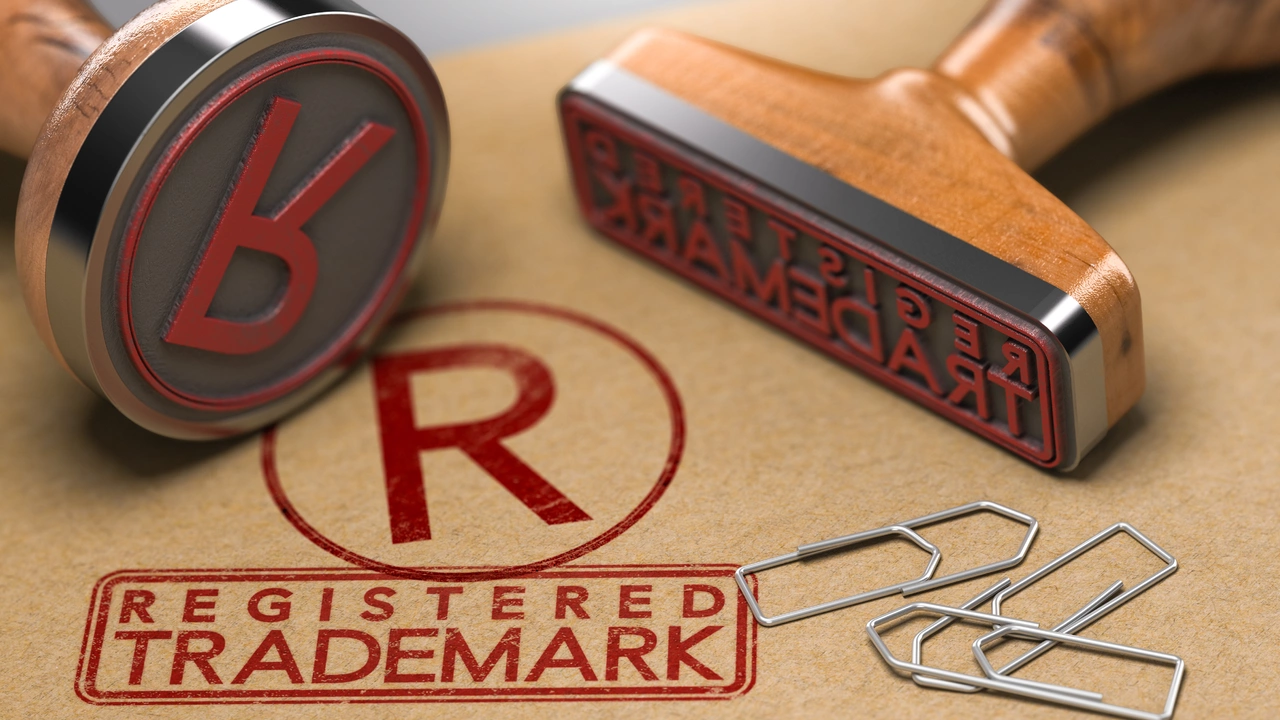Can I register a trademark in a different class?
 Jul, 28 2023
Jul, 28 2023
Unravelling the Concept of Trademark Classes
Let's dive into the world of trademark classes. The first question that might pop into your mind might be, "What the heck is a trademark class?" If you're scratching your head, don't worry; Crispin is here to guide you. A trademark class, my friends, is a specific category of goods or services that a business wants to protect with its trademark. The international classification of goods and services (also known as Nice Classification) is organized into 45 different classes - 1 - 34 for goods and 35 - 45 for services. These are universally recognized and help to streamline the process of registering and protecting trademarks. Fun fact: The Nice Classification got its name from the city Nice, France, where the first classes of goods and services were established by the Nice Agreement in 1957.
Can I Register a Trademark in a Different Class?
The simple answer is, yes. You can register your trademark in multiple classes if your business spans more than one category of goods or services. For instance, if you're running a tech company like Apple, you'd want to register your trademark not just in class 9 (Computers and Technology) but also in class 38 (Telecommunications) among others. However, keep in mind that registering a trademark in multiple classes essentially means filing multiple applications, each with its own set of government fees. It could be quite a task, but money-wise and complexity-wise, but then that's where the whole punchline of intellectual property rights kicks in, right?
The Intricate Dance of Overlapping Classes
But what happens when your business overlaps multiple classes? Now, this is where things get interesting. For instance, take the hypothetical company "Belly's," which sells both Lemonade (class 32) and Lemon-flavored cookies (class 30). Belly's could legitimately file for both class 30 and 32. This means Belly's has to figure out what classes to select, how to describe its goods, and then put together a robust application strategy. But do remember, juggling multiple trademark registrations can become a confusing ball game. My advice? Consult with an experienced trademark attorney to ensure you're legibly writing your business future on the bright side of law. Pro tip: when in doubt, always clarify whether any closely-related classes could potentially be relevant to your business.
Exploring the Scenario of Similar Trademarks in Different Classes
Now, can there be identical trademarks in different classes? You bet! The classes are there to avoid confusion and prevent unfair competition. If your trademark is ‘Bella’s Bakery,’ there’s nothing stopping someone from starting ‘Bella’s Boutique' under class 35. Unless you can prove that their usage of 'Bella' could cause confusion or dilute your brand, the Trademarks Office is unlikely to block their application. This underscores the significance of a thorough trademark search and crafting a comprehensive trademark strategy. Thereby, nothing like a well-percolated legal advice beforehand!
Benefits of Registering Your Trademark in Multiple Classes
So, why go through with this complex, and potentially expensive process? Primarily because the larger your coverage across different trademark classes, the broader is your protection. If your business is planning on expanding or branching out into new product lines or services in the future, registering your trademark in additional classes can preempt competitors from swiping your brand in those classes. Plus, a robust IP portfolio can be a strong business asset, attracting investors, and facilitating business success stories. As they say, the best offence is a good defense!
Challenges and Pitfalls to Watch Out For
While there are benefits to registering your trademark in different classes, there are also challenges. Each application requires its individual set of claims, examinations, and potential oppositions. There can be a risk of objections if the goods and services associated with the trademark in one class closely resemble those in another. Also, there comes the cost factor, which could be substantial given the government fees per class, attorney’s fees, and other costs. So, be cautious and deliberate in choosing which classes to file in and avoid going on a spree just for the sake of covering more turf.
Reflections from My Personal Experience
Let's pause for a quick story from my life, related to our subject matter. Once upon a time, when Crispin decided to launch his personal blog and sell merchandise, he needed trademarks for both services (blogging) and goods (merchandise). Being savvy (if I may say so myself), I chose to register my trademark in both classes - 41 (Education and Entertainment) for the blog and 25 (Clothing) for the merchandise. But oh boy, was it a maze to navigate! Each application was a different odyssey and the costs did add up. But with excellent legal advice and a bit of tenacity (read: tons), I managed to get my trademarks registered, offering me a valuable guardrail for my business growth. And guess what? I survived the tale to tell you today. If Crispin could do it, so can you!
Conclusion: Carving Your Trademark Strategy
In summary, yes, you can register a trademark in a different class. But as with any legal matter, the journey isn't always a cakewalk. Having a well-drafted trademark strategy can not only save you from potential legal issues but also carve a secure path for your business growth. In the world of trademarks and intellectual property, it pays to think ahead and be strategic with how you want to protect and grow your brand. And of course, it's always wise to work with professionals skilled in trademark law to help you navigate these often tricky waters. Oh, and remember: just because you can register your trademark in different classes doesn't always mean you should.